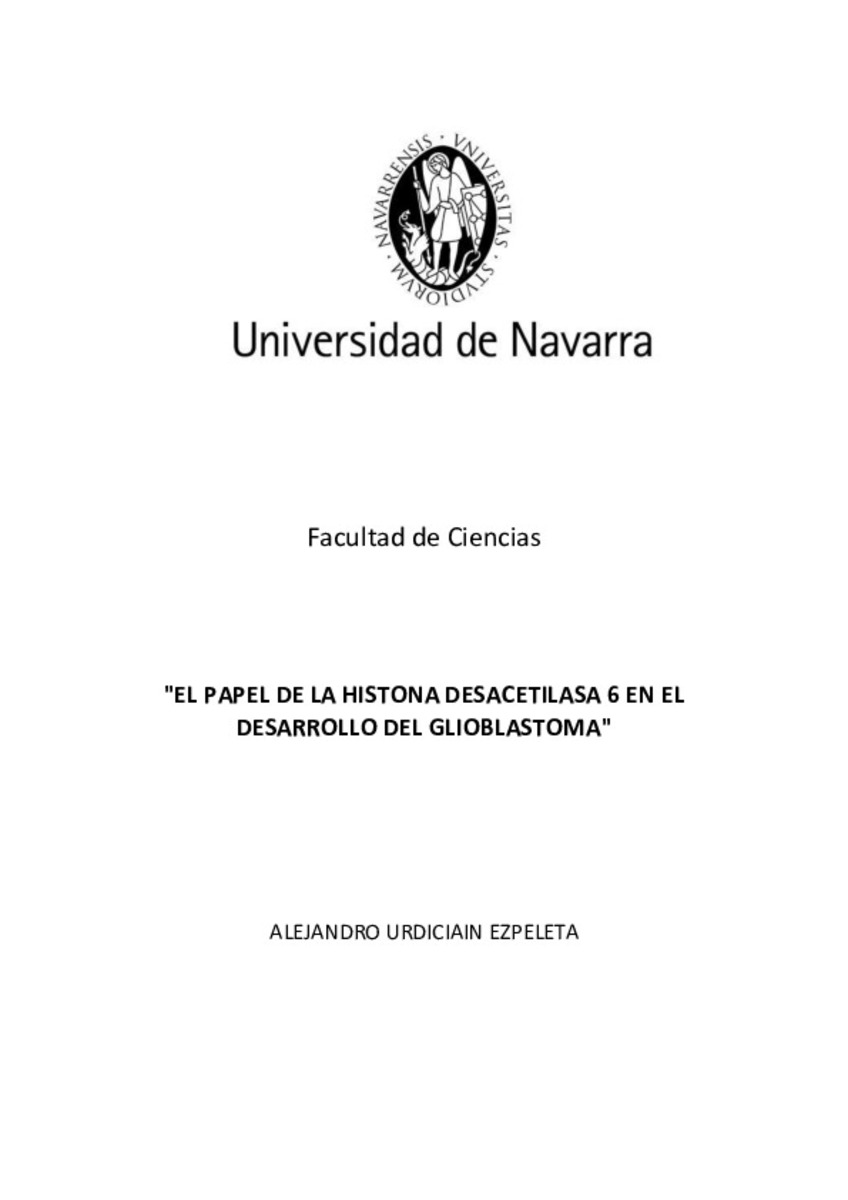El papel de la histona desacetilasa 6 en el desarrollo del gioblastoma
Palabras clave :
Materias Investigacion::Ciencias de la Salud::Oncología
Ciencias clínicas
Fecha de publicación :
6-jul-2021
Fecha de la defensa:
11-dic-2020
Editorial :
Universidad de Navarra
Cita:
URDICIAIN EZPELETA, Alejandro. “El papel de la histona desacetilasa 6 en el desarrollo del gioblastoma". Sáez, J. (dir.). Tesis doctoral. Universidad de Navarra, Pamplona, 2020.
Aparece en las colecciones:
Estadísticas e impacto
0 citas en

0 citas en

Los ítems de Dadun están protegidos por copyright, con todos los derechos reservados, a menos que se indique lo contrario.









